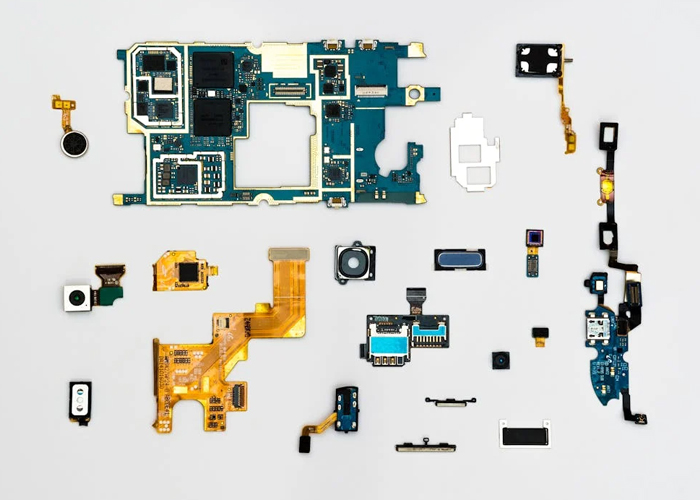Monday, September 29, 2025

The robots are out to get you.
Human investment advisors have a long history of self-interested decisions. They might make an unnecessary flurry of trades for more commissions or collect steep management fees for buying the S&P 500 index.
The robots – specifically, robo-advisors – were supposed to change that.
These algorithms allocate money among different asset classes like stocks, bonds, and cash to give investors a “hands free” way of investing. The idea is they can make investors the most money possible, accounting for risk without the expense of paying a human being for this expertise.
Investors responded – robo-advisors had $1.8 trillion under management last year. However, the robots aren’t always as benevolent or efficient as you might expect.
Consider Schwab Intelligent Portfolios, which the broker Charles Schwab launched in 2015. Cash poured in and Schwab’s robots lent it to an affiliated bank and collected interest. But it paid out only a portion of that interest to the clients while telling them they were getting the best possible deal.
The difference between the interest rate Schwab received and what its clients received was the robots’ secret profit. But even robots must follow the law. A few years ago, Schwab had to pay $187 million to settle a lawsuit with the Securities and Exchange Commission over its robo-advisors’ underhanded dealings.
The SEC said Schwab was “not disclosing that they were allocating client funds in a manner that their own internal analysis showed would be less profitable for the clients under most market conditions.”
The lesson here is the robots may not have your best interest in mind.
